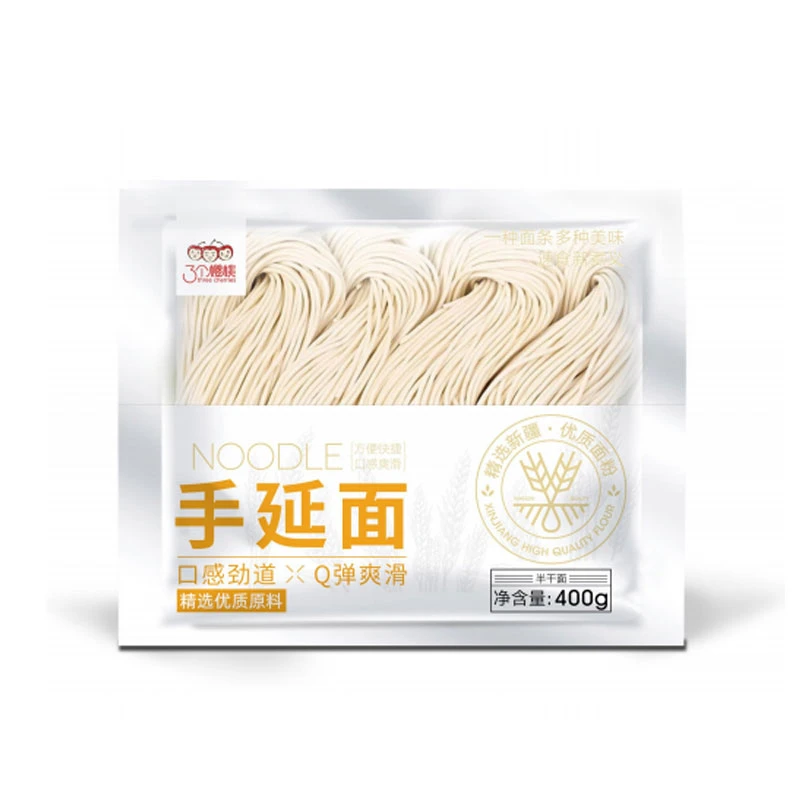soba noodles and diabetes
Soba Noodles and Diabetes A Healthy Choice
Soba noodles, a traditional Japanese delicacy made primarily from buckwheat flour, have gained popularity worldwide for their unique flavor and health benefits. For individuals managing diabetes, incorporating soba noodles into their diet can be a nourishing option. They offer several nutritional advantages that align with the dietary needs of those monitoring their blood sugar levels.
Nutritional Profile of Soba Noodles
Soba noodles are rich in essential nutrients. Unlike regular wheat noodles, soba is gluten-free, making it suitable for those with gluten sensitivities. The primary ingredient, buckwheat, is high in protein, fiber, and various vitamins and minerals, including manganese, magnesium, and phosphorus. A key feature of buckwheat is its low glycemic index (GI). Foods with a low GI are digested and absorbed more slowly, leading to gradual increases in blood sugar levels. This characteristic makes soba noodles a valuable addition to a diabetes-friendly diet.
Fiber Content and Blood Sugar Control
One major benefit of soba noodles is their fiber content. Fiber plays a critical role in blood sugar management for several reasons. First, it aids in slowing down the absorption of glucose into the bloodstream, which can help prevent spikes in blood sugar levels. Second, a high-fiber diet promotes satiety, reducing overall calorie intake and combating weight gain — a common concern for many people with diabetes.
Moreover, the soluble fiber found in buckwheat can also aid in lowering cholesterol levels, further enhancing cardiovascular health, and reducing the risk of complications related to diabetes. Including fiber-rich foods like soba noodles in your diet can contribute to overall well-being.
soba noodles and diabetes

Cooking and Pairing Suggestions
When it comes to preparing soba noodles, the options are virtually limitless. Soba can be enjoyed hot or cold, making it a versatile ingredient in various dishes. For instance, a chilled soba salad with fresh vegetables, tofu, and a light soy or sesame dressing makes for a delicious and nutritious meal. When cooking soba noodles, it’s recommended to avoid added sugars or high-sodium sauces, which can counteract their health benefits.
Pairing soba noodles with lean protein sources, such as grilled chicken or fish, can make for a balanced meal that further supports blood sugar control. Additionally, including non-starchy vegetables, like spinach, bell peppers, or carrots, enhances the nutritional value of the dish while providing essential vitamins and minerals.
Mindful Eating and Portion Control
Like any food, portion control is crucial when consuming soba noodles. While they are a healthier carbohydrate option, it’s important to be mindful of serving sizes, especially for people with diabetes. A standard serving of cooked soba noodles is about one cup, and pairing it with plenty of vegetables and lean proteins ensures a balanced meal that won’t lead to excessive calorie consumption.
Conclusion
Incorporating soba noodles into a diabetes-conscious diet can yield numerous health benefits. Their low glycemic index, high fiber content, and rich nutrient profile make them a suitable choice for those looking to manage their blood sugar levels effectively. By preparing soba noodles thoughtfully and pairing them with nutritious ingredients, individuals with diabetes can enjoy a delicious and satisfying culinary experience that supports overall health and wellness. As always, it’s advisable to consult with a healthcare provider or a nutritionist when making significant dietary changes, to ensure they align with individual health needs.
-
Is Whole Wheat Pasta Healthy?NewsMay.30,2025
-
Are Soba Noodles Good for Weight Loss?NewsMay.30,2025
-
Are Buckwheat Soba Noodles Healthy?NewsMay.30,2025
-
Are Buckwheat Soba Noodles Gluten Free?NewsMay.30,2025
-
Are Buckwheat Noodles Good for You?NewsMay.30,2025
-
A Healthy Way to Savor Soba and Spicy FlavorsNewsMay.30,2025
-
What Are Lanzhou Noodles?NewsMay.30,2025
Browse qua the following product new the we

















































































































